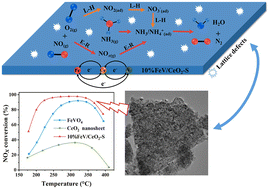Catal. Sci. Technol., 2023, 13,5632-5653
DOI: 10.1039/D3CY00848G, Paper
DOI: 10.1039/D3CY00848G, Paper
Avinash Alagumalai, Balaji Devarajan, Hua Song
Catalysis is indeed an essential component of many energy-related processes and is likely to become even more critical as we transition towards more sustainable and low-carbon energy systems.
The content of this RSS Feed (c) The Royal Society of Chemistry
Catalysis is indeed an essential component of many energy-related processes and is likely to become even more critical as we transition towards more sustainable and low-carbon energy systems.
The content of this RSS Feed (c) The Royal Society of Chemistry

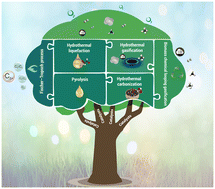
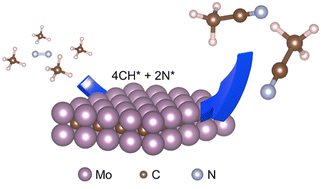

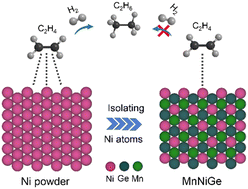
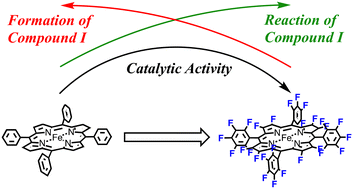
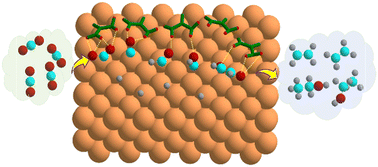

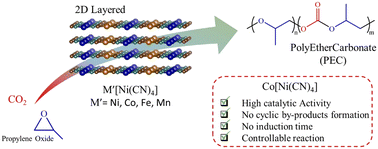
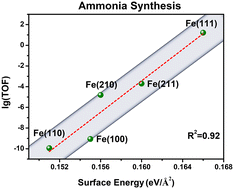
 Open Access
Open Access
